Home>Furniture & Design>Interior Design Trends>How Do You Get Wax Off Of Glass
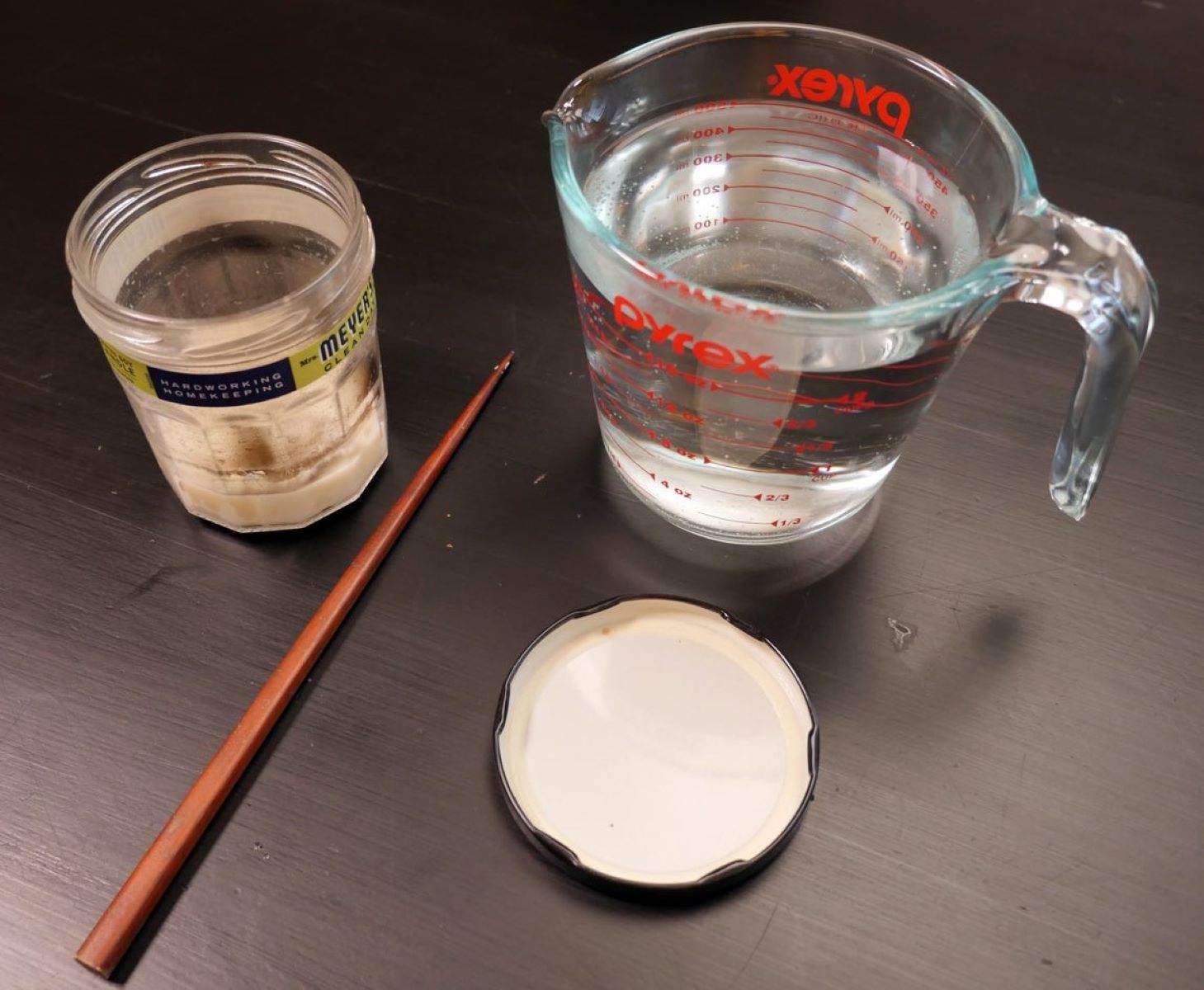

Interior Design Trends
How Do You Get Wax Off Of Glass
Modified: February 18, 2024
Learn effective ways to remove wax from glass surfaces with our interior design trends guide. Keep your home looking pristine and wax-free!
(Many of the links in this article redirect to a specific reviewed product. Your purchase of these products through affiliate links helps to generate commission for Storables.com, at no extra cost. Learn more)
Introduction
Removing wax from glass surfaces can be a challenging task, especially when it seems to have bonded stubbornly to the surface. Whether it's a candle wax spill on a glass tabletop or wax residue from a decorative piece, dealing with this sticky substance requires a strategic approach. Understanding the nature of wax and the properties of glass is crucial in determining the most effective method for removal. In this article, we will explore various techniques for safely and efficiently removing wax from glass, as well as preventative measures to minimize future buildup. By the end, you'll have a comprehensive understanding of how to tackle this common issue, ensuring that your glass surfaces remain pristine and wax-free.
Key Takeaways:
- Say goodbye to wax on glass! Use heat, solvents, or scraping tools to remove it gently. Prevent future buildup by using protective barriers and strategic placement of wax-emitting items.
- Understanding the nature of wax and glass is key to removing wax effectively. Heat, solvents, and scraping tools offer tailored solutions. Prevent buildup with protective barriers and proactive maintenance.
Read more: How Do You Get Wax Off The Carpet
Understanding the nature of wax
Wax is a versatile substance that can be derived from various sources, including plants, animals, and petroleum. Its composition typically consists of long hydrocarbon chains, which give it a solid yet pliable texture at room temperature. When wax comes into contact with a glass surface, it adheres firmly due to its adhesive properties. This adhesion is further amplified when the wax cools and solidifies, creating a bond with the glass that can be challenging to break.
The molecular structure of wax also plays a significant role in its behavior on glass. The non-polar nature of wax molecules causes them to interact with the non-polar molecules present in glass, leading to strong adhesion. Additionally, the smooth surface of glass provides an ideal substrate for the wax to cling to, making it difficult to remove using conventional cleaning methods.
Understanding the chemical properties of wax is essential when devising a strategy for its removal from glass surfaces. Different types of wax, such as paraffin wax or beeswax, may require specific approaches based on their composition and melting points. Additionally, the thickness of the wax layer and the duration of its contact with the glass can influence the removal process.
By comprehending the nature of wax and its interaction with glass at a molecular level, we can better appreciate the challenges involved in removing it effectively. This understanding will guide us in selecting the most suitable methods and tools for addressing wax buildup on glass surfaces, ensuring that the removal process is both efficient and gentle on the glass.
In the following sections, we will explore various techniques for removing wax from glass, taking into account the unique characteristics of both the wax and the glass surface. Whether it involves using heat to melt the wax, employing solvents to dissolve it, or utilizing scraping tools to lift it off, each method will be tailored to the specific nature of the wax and the delicacy of the glass. Let's delve into these strategies to uncover the most effective approaches for restoring the clarity and luster of glass surfaces plagued by unwanted wax residue.
Methods for removing wax from glass
When it comes to removing wax from glass surfaces, employing the right techniques is essential to ensure effective and safe removal. The methods for tackling this task range from utilizing heat to dissolve the wax, to employing solvents to break down its adhesive properties, and using scraping tools to lift off the residue. Each approach is tailored to address the unique challenges posed by wax buildup on glass, taking into account the need to preserve the integrity of the glass surface while achieving thorough wax removal.
Using heat to remove wax
One of the most common methods for removing wax from glass involves the application of heat. By gently heating the affected area, the wax begins to soften and melt, allowing it to be wiped away more easily. This can be achieved using a hairdryer or a heat gun set to a low temperature. Care must be taken to avoid overheating the glass, as sudden temperature changes can lead to thermal stress and potential damage. Once the wax has softened, it can be gently wiped off using a soft, lint-free cloth, ensuring that the glass surface remains unharmed.
Using solvents to remove wax
Another effective approach involves the use of solvents to dissolve the wax and weaken its bond with the glass. Common household solvents such as rubbing alcohol, vinegar, or mineral spirits can be applied to the wax residue, allowing them to penetrate and break down the wax. After allowing the solvent to work its magic for a few minutes, the softened wax can be wiped away using a clean cloth or paper towel. It is important to test the solvent on a small, inconspicuous area of the glass first to ensure that it does not cause any damage or discoloration.
Read more: How Do You Get A Candle Wax Off A Carpet
Using scraping tools to remove wax
For more stubborn wax deposits, gentle scraping tools can be employed to lift off the residue without damaging the glass. Plastic or wooden scrapers are ideal for this purpose, as they are less likely to scratch or mar the glass surface. Care should be taken to apply minimal pressure and to work slowly and methodically, ensuring that the scraping action targets the wax without causing any abrasion to the glass. Once the majority of the wax has been lifted off, any remaining residue can be addressed using the aforementioned heat or solvent methods.
By employing these targeted methods for removing wax from glass, it is possible to restore the clarity and shine of glass surfaces without compromising their integrity. Each approach offers a tailored solution to the challenges posed by wax buildup, ensuring that the removal process is both effective and gentle on the glass. With these techniques at your disposal, you can confidently address wax residue on glass surfaces, maintaining their pristine appearance and luster.
Using heat to remove wax
Using heat to remove wax from glass surfaces is a popular and effective method that capitalizes on the transformative properties of temperature. By applying controlled heat to the affected area, the wax undergoes a phase change, transitioning from a solid to a softened or liquid state. This alteration in the wax's physical state facilitates its removal from the glass surface, offering a gentle and non-invasive approach to addressing wax buildup.
The application of heat can be accomplished using readily available tools such as a hairdryer or a heat gun set to a low temperature. These devices emit a controlled stream of warm air, which, when directed at the wax residue, initiates the softening process. It is important to maintain a safe distance between the heat source and the glass surface to prevent any potential damage from excessive heat exposure.
As the wax begins to soften under the influence of heat, its adhesive grip on the glass weakens, allowing it to be more easily wiped away. This process is particularly effective for relatively thin layers of wax or for addressing small, localized areas of wax residue. The softened wax can be gently lifted off using a soft, lint-free cloth, ensuring that the glass surface remains unharmed throughout the removal process.
It is crucial to exercise caution when using heat to remove wax from glass, as sudden temperature changes can lead to thermal stress, potentially causing the glass to crack or shatter. Therefore, a gradual and controlled approach is essential to prevent any adverse effects on the glass surface. Additionally, it is advisable to test the heat application on a small, inconspicuous area of the glass to gauge its response before proceeding with the complete removal process.
By harnessing the power of heat, it is possible to effectively address wax buildup on glass surfaces without resorting to harsh chemicals or abrasive techniques. This method offers a gentle and non-invasive solution, ensuring that the integrity and luster of the glass are preserved throughout the wax removal process. Whether it's a candle wax spill on a glass tabletop or residual wax from decorative items, the application of controlled heat provides a reliable strategy for restoring the pristine appearance of glass surfaces.
Using solvents to remove wax
Using solvents to remove wax from glass surfaces presents an effective and versatile approach to tackling stubborn wax residue. Solvents, such as rubbing alcohol, vinegar, or mineral spirits, work by penetrating the wax and breaking down its adhesive properties, facilitating its removal from the glass surface. This method is particularly useful for addressing thicker or more firmly bonded wax deposits, offering a targeted solution to the challenges posed by persistent wax buildup.
When employing solvents to remove wax, it is essential to exercise caution and select the appropriate solvent for the specific type of wax and the nature of the glass surface. Before proceeding with the application of the solvent, it is advisable to conduct a small-scale test on an inconspicuous area of the glass to ensure compatibility and to assess any potential adverse effects.
Once the suitability of the solvent has been confirmed, it can be applied directly to the wax residue using a clean cloth or sponge. The solvent is allowed to permeate the wax, softening it and weakening its bond with the glass. This process may require a few minutes to take effect, depending on the thickness and composition of the wax.
After the solvent has had sufficient time to work its magic, the softened wax can be gently wiped away using a clean cloth or paper towel. Care should be taken to avoid applying excessive pressure, as this could potentially spread the wax or cause it to re-adhere to the glass surface. Instead, a gentle and methodical wiping motion ensures that the majority of the wax is effectively lifted off, revealing the underlying clarity of the glass.
In instances where the wax residue is particularly stubborn or deeply embedded, multiple applications of the solvent may be necessary to achieve complete removal. It is important to approach the process patiently and systematically, allowing the solvent to gradually dissolve the wax without compromising the integrity of the glass.
By harnessing the dissolving power of solvents, it is possible to address wax buildup on glass surfaces with precision and efficacy. This method offers a gentle and non-abrasive solution, ensuring that the glass surface remains unharmed throughout the wax removal process. Whether it's residual candle wax on a glass votive or wax buildup on decorative glassware, the strategic use of solvents provides a reliable approach for restoring the pristine appearance of glass surfaces.
Using scraping tools to remove wax
When faced with stubborn wax residue on glass surfaces, the strategic use of scraping tools offers a targeted and effective approach to wax removal. While heat and solvents can address softer or more superficial wax deposits, scraping tools provide a means of lifting off thicker or firmly bonded wax without causing damage to the glass.
The selection of scraping tools is crucial to ensure that the glass surface remains unharmed during the removal process. Plastic or wooden scrapers are ideal choices, as they are less likely to scratch or mar the glass. These materials offer a gentle yet effective means of dislodging the wax without causing abrasion or leaving behind unsightly marks.
Before commencing the scraping process, it is important to prepare the affected area by softening the wax through the application of heat or solvents. This preliminary step helps to reduce the adhesion of the wax to the glass, making it more amenable to removal. Once the wax has been sufficiently softened, the scraping tool can be employed to gently lift off the residue, working methodically to avoid exerting excessive force.
Care should be taken to apply minimal pressure during the scraping process, ensuring that the focus remains on targeting the wax without causing any damage to the glass. By working slowly and deliberately, it is possible to gradually dislodge the wax, revealing the pristine surface of the glass underneath. This meticulous approach minimizes the risk of inadvertently scratching or etching the glass, preserving its clarity and luster.
In instances where the wax residue is particularly thick or tenacious, the scraping process may need to be repeated to achieve thorough removal. Patience and precision are key during this phase, as the goal is to lift off the wax without compromising the integrity of the glass. Once the majority of the wax has been successfully removed through scraping, any residual traces can be addressed using the previously discussed methods, such as heat application or solvent treatment.
By incorporating scraping tools into the wax removal process, it is possible to address persistent wax buildup on glass surfaces with finesse and efficacy. This method offers a tailored and non-abrasive solution, ensuring that the glass remains unscathed while the unwanted wax is lifted off. Whether it's residual wax from candle holders or decorative glass ornaments, the strategic use of scraping tools provides a reliable approach for restoring the pristine appearance of glass surfaces.
To remove wax from glass, place the glass in the freezer for a few hours. Once the wax is frozen, use a plastic card to gently scrape it off. Then, use a cloth and warm soapy water to clean any remaining residue.
Read more: How To Get Wax Off A Dresser
Preventing wax buildup on glass surfaces
Preventing wax buildup on glass surfaces is a proactive approach that can help maintain the pristine appearance of glass items and minimize the need for frequent wax removal. By implementing simple yet effective strategies, it is possible to mitigate the accumulation of wax residue, preserving the clarity and luster of glass surfaces over time.
One of the primary preventive measures involves the use of protective barriers, such as coasters or mats, to create a buffer between wax-emitting sources and glass surfaces. Placing these protective accessories underneath candles, wax warmers, or other wax-containing items helps contain any potential wax drips or spills, preventing direct contact with the glass. This simple practice acts as a safeguard, reducing the likelihood of wax adhering to the glass and simplifying cleanup efforts.
Regular maintenance and cleaning routines also play a crucial role in preventing wax buildup on glass surfaces. By promptly addressing any wax spills or drips, it is possible to prevent the wax from hardening and bonding with the glass. Swift action, such as gently blotting or wiping away fresh wax with a soft cloth, can significantly reduce the chances of stubborn wax residue forming on the glass. Additionally, incorporating routine cleaning of glass surfaces using gentle, non-abrasive cleaners can help remove any residual wax traces, maintaining the glass's pristine appearance.
Furthermore, strategic placement of wax-emitting items can contribute to the prevention of wax buildup on glass surfaces. Positioning candles or wax-based decorations away from areas prone to vibrations or drafts can minimize the likelihood of wax splattering or spreading onto nearby glass surfaces. By creating a stable and controlled environment for wax-containing items, the risk of inadvertent wax contact with glass can be effectively reduced.
Incorporating these preventive measures into daily practices can significantly mitigate the challenges associated with wax buildup on glass surfaces. By being proactive and attentive to the placement and maintenance of wax-emitting items, it is possible to preserve the clarity and beauty of glass surfaces, minimizing the need for extensive wax removal procedures.
Implementing these preventive strategies not only contributes to the aesthetic appeal of glass items but also simplifies maintenance and upkeep, ensuring that glass surfaces remain free from unwanted wax residue. By adopting a proactive approach to wax prevention, the inherent elegance and transparency of glass can be preserved, allowing its natural beauty to shine through without the burden of persistent wax buildup.
Conclusion
In conclusion, the process of removing wax from glass surfaces requires a thoughtful and strategic approach that takes into account the unique properties of both wax and glass. By understanding the adhesive nature of wax and its molecular interaction with glass, we gain valuable insights into the challenges posed by wax buildup and the methods best suited for its removal.
The utilization of heat, solvents, and scraping tools offers tailored solutions to address varying degrees of wax residue on glass surfaces. The application of controlled heat softens the wax, making it more amenable to removal without compromising the integrity of the glass. Similarly, the strategic use of solvents penetrates and dissolves the wax, providing an effective means of breaking down its adhesive properties. For more stubborn wax deposits, the gentle use of scraping tools allows for precise removal without causing damage to the glass.
Furthermore, the implementation of preventive measures, such as the use of protective barriers and strategic placement of wax-emitting items, can significantly reduce the likelihood of wax buildup on glass surfaces. These proactive strategies not only contribute to the aesthetic preservation of glass items but also simplify maintenance and upkeep, minimizing the need for extensive wax removal procedures.
By incorporating these methods and preventive measures, individuals can effectively address wax residue on glass surfaces while maintaining the pristine appearance and luster of the glass. Whether it's a candle wax spill on a glass tabletop or residual wax from decorative items, the comprehensive understanding and application of these techniques ensure that glass surfaces remain free from unwanted wax buildup.
In essence, the successful removal of wax from glass surfaces hinges on a combination of knowledge, precision, and proactive maintenance. By embracing these principles, individuals can confidently navigate the challenges of wax removal, allowing the inherent elegance and transparency of glass to shine through without the burden of persistent wax residue.
Frequently Asked Questions about How Do You Get Wax Off Of Glass
Was this page helpful?
At Storables.com, we guarantee accurate and reliable information. Our content, validated by Expert Board Contributors, is crafted following stringent Editorial Policies. We're committed to providing you with well-researched, expert-backed insights for all your informational needs.
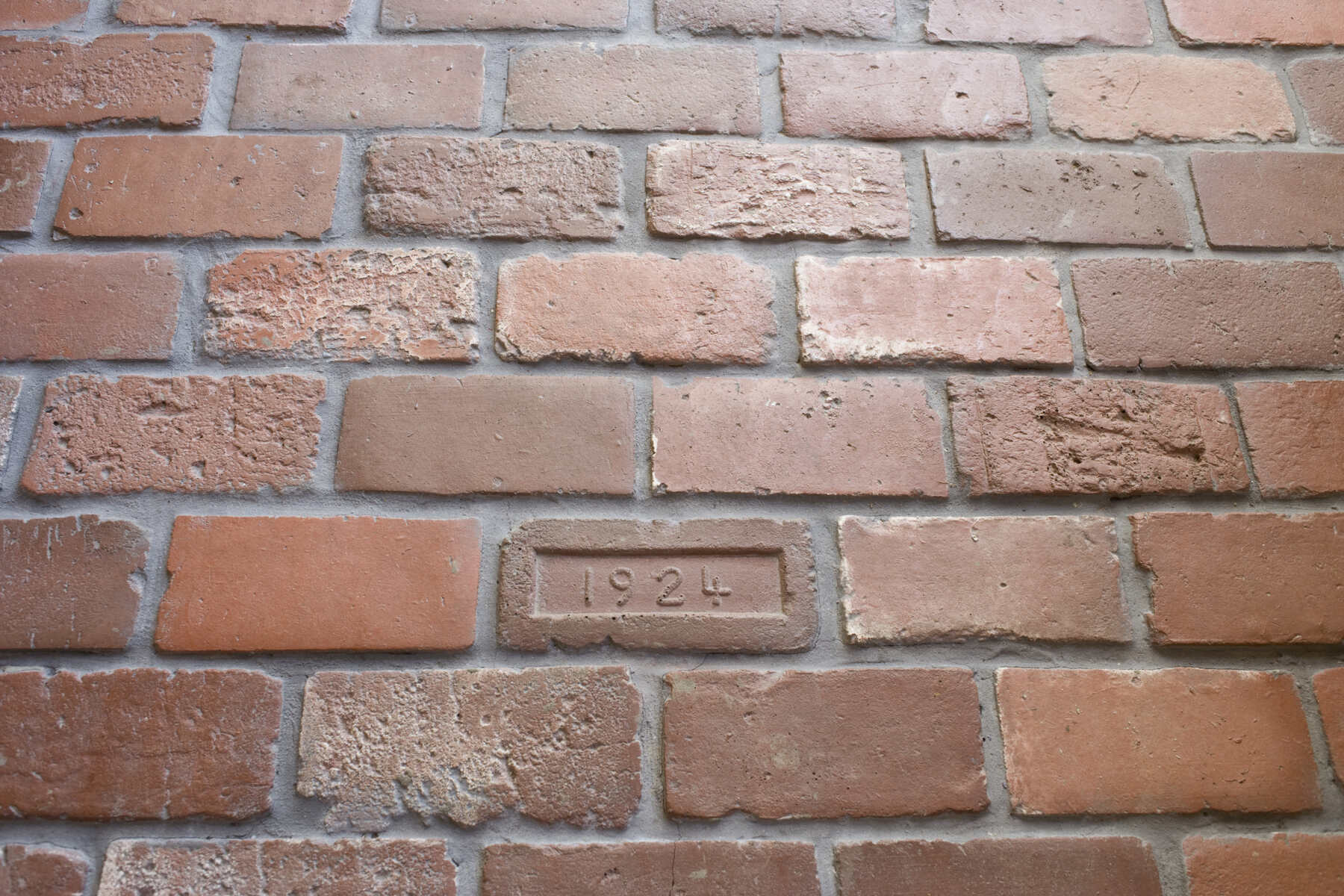
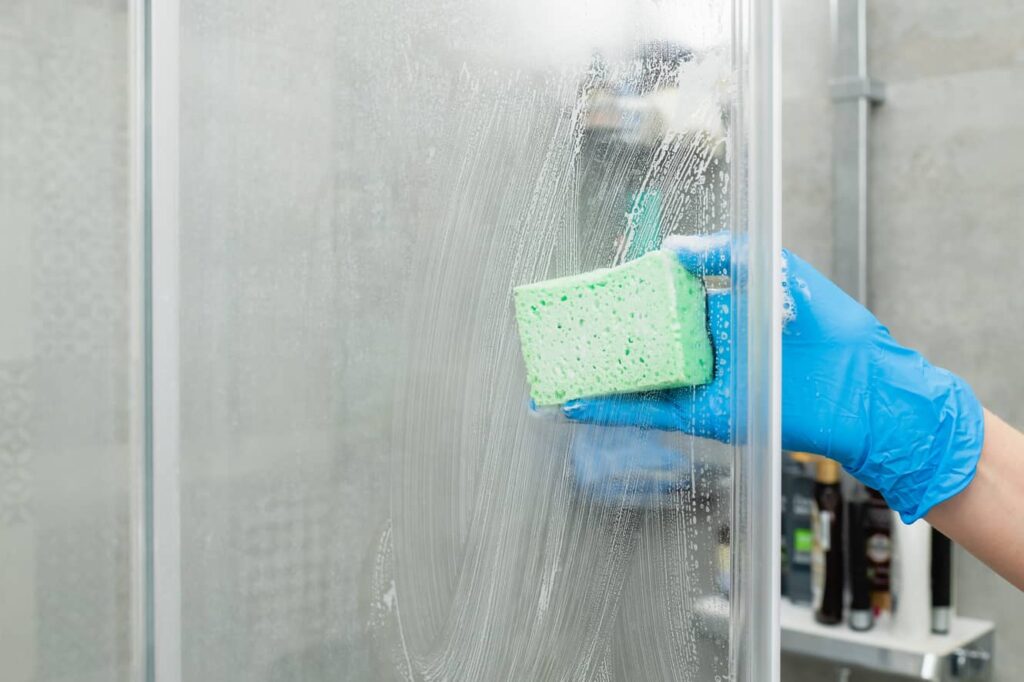
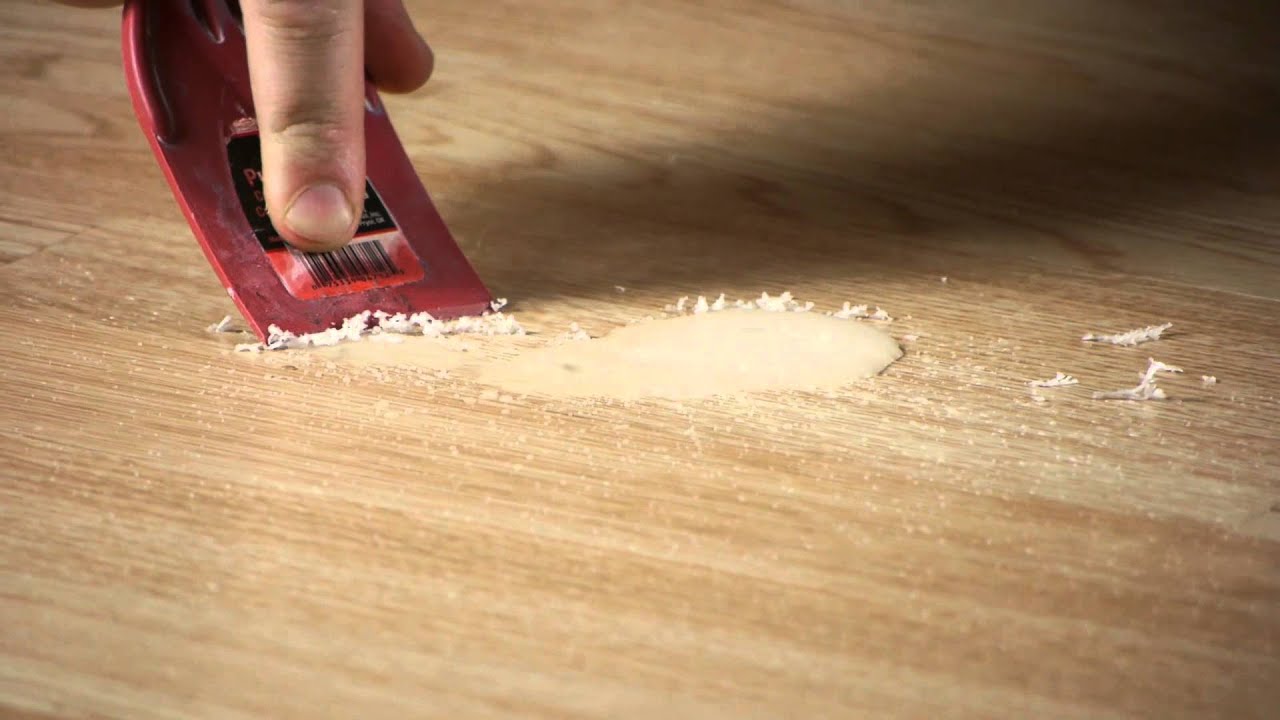
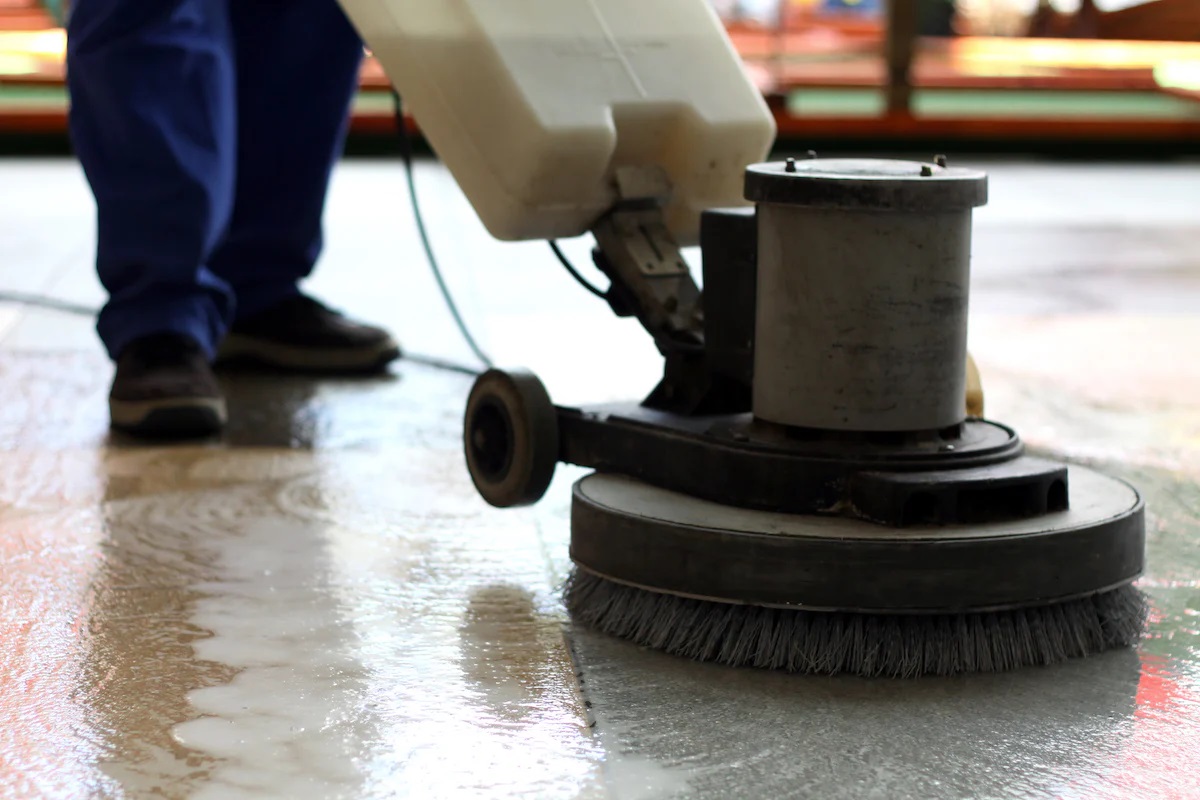

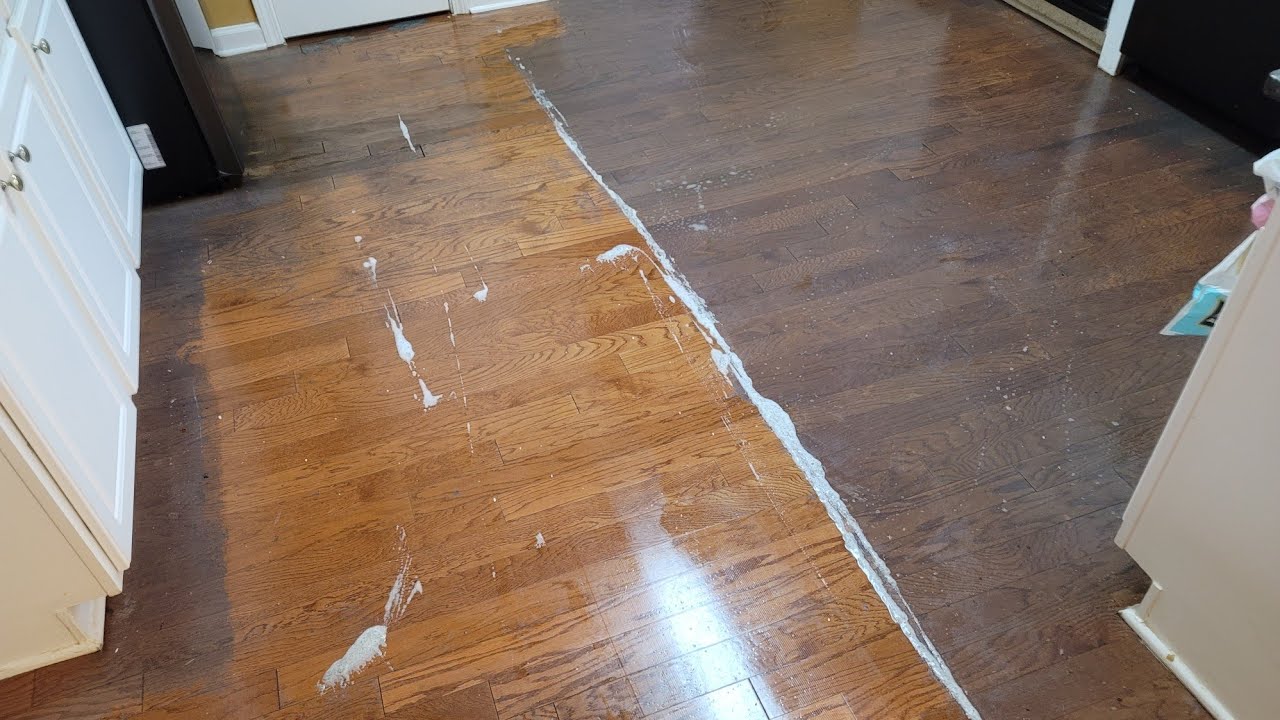
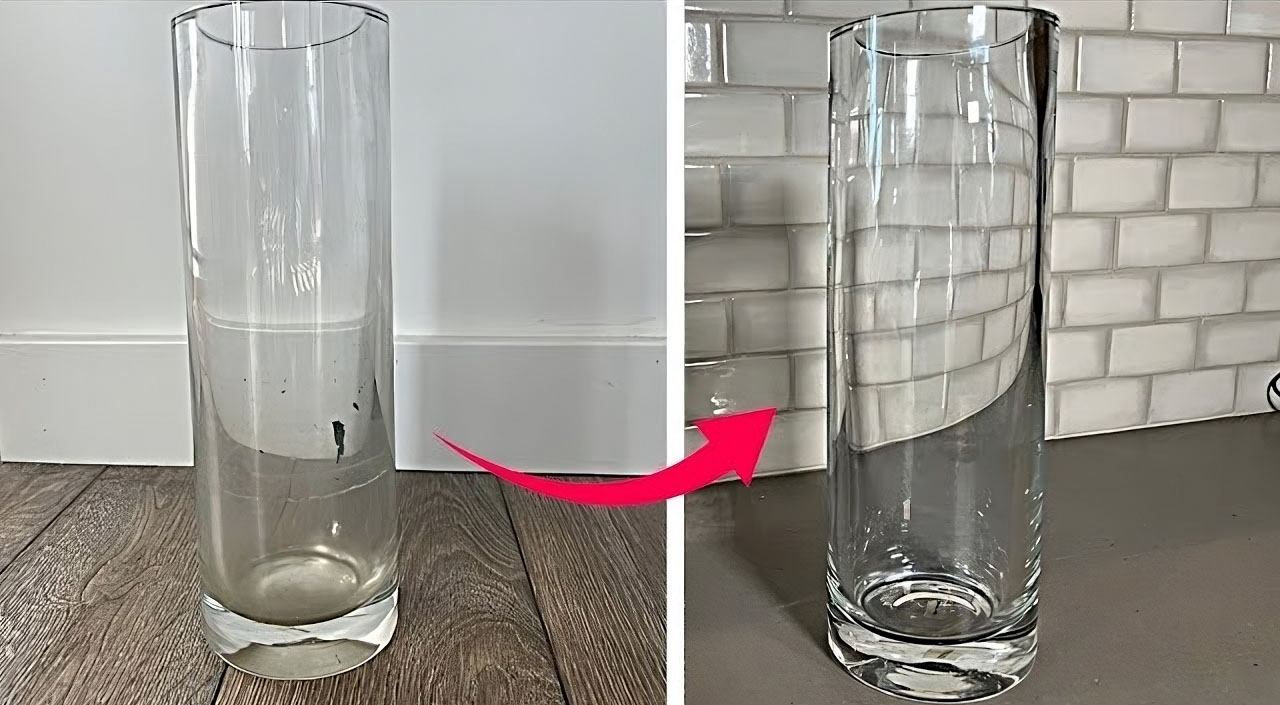
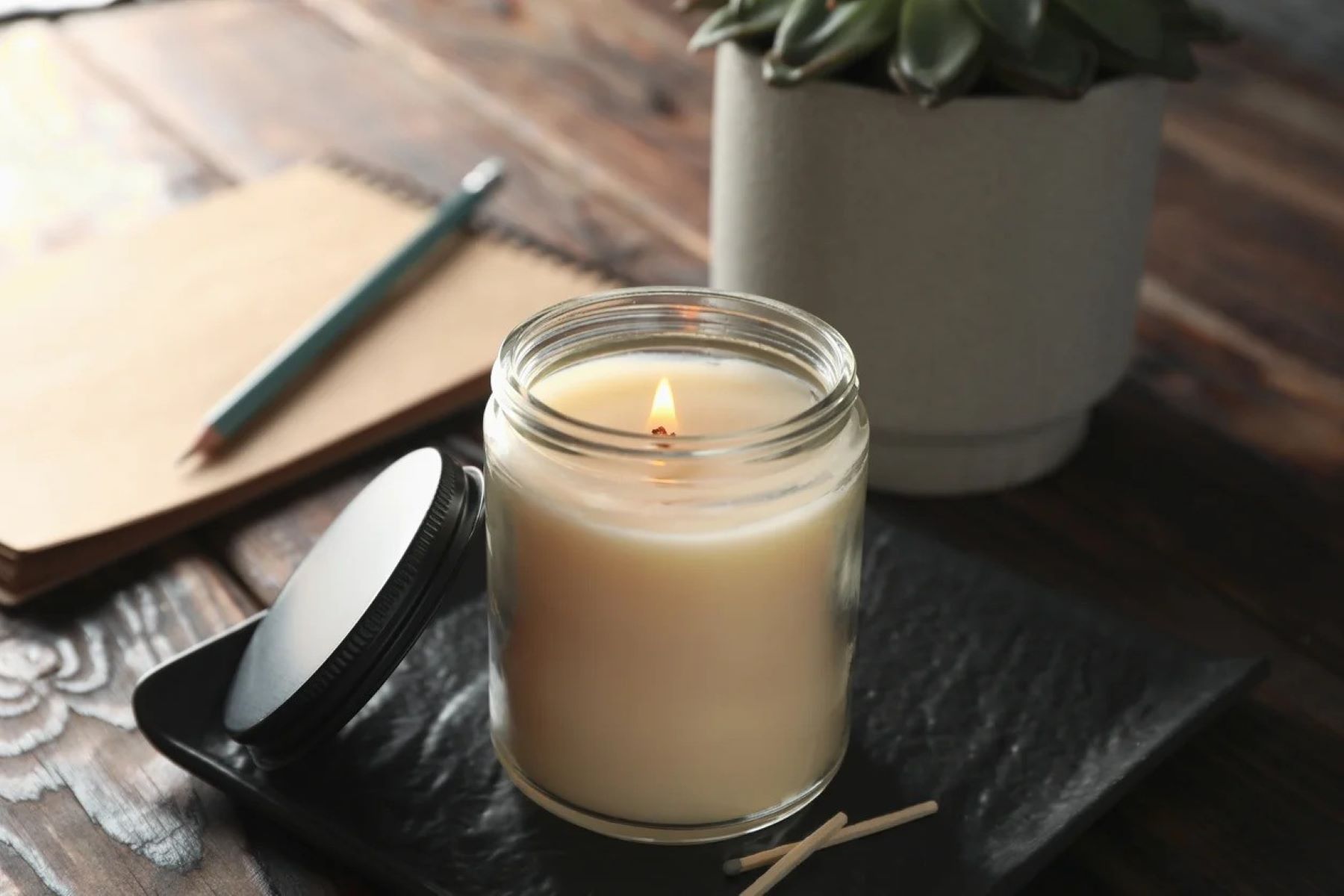
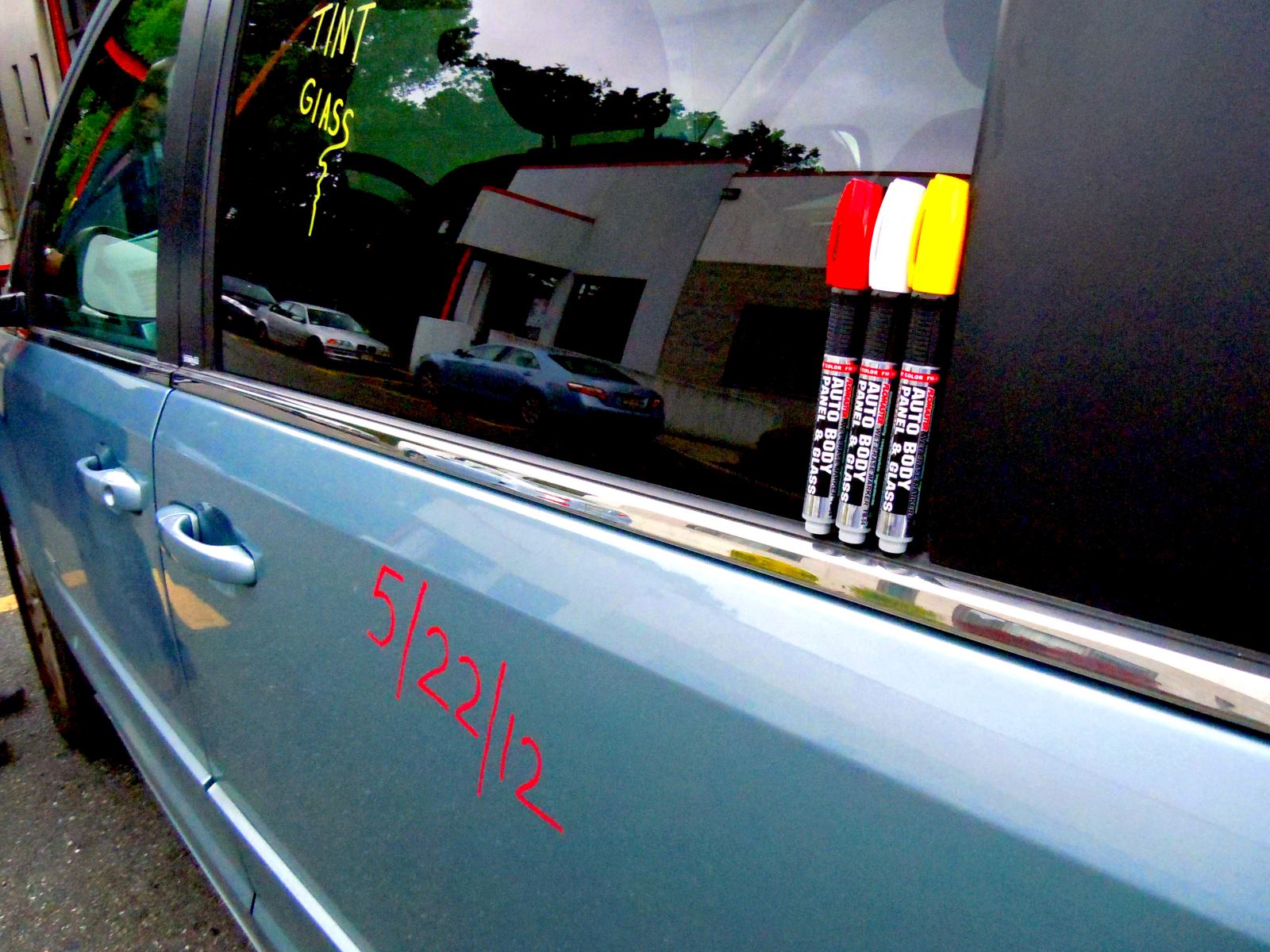
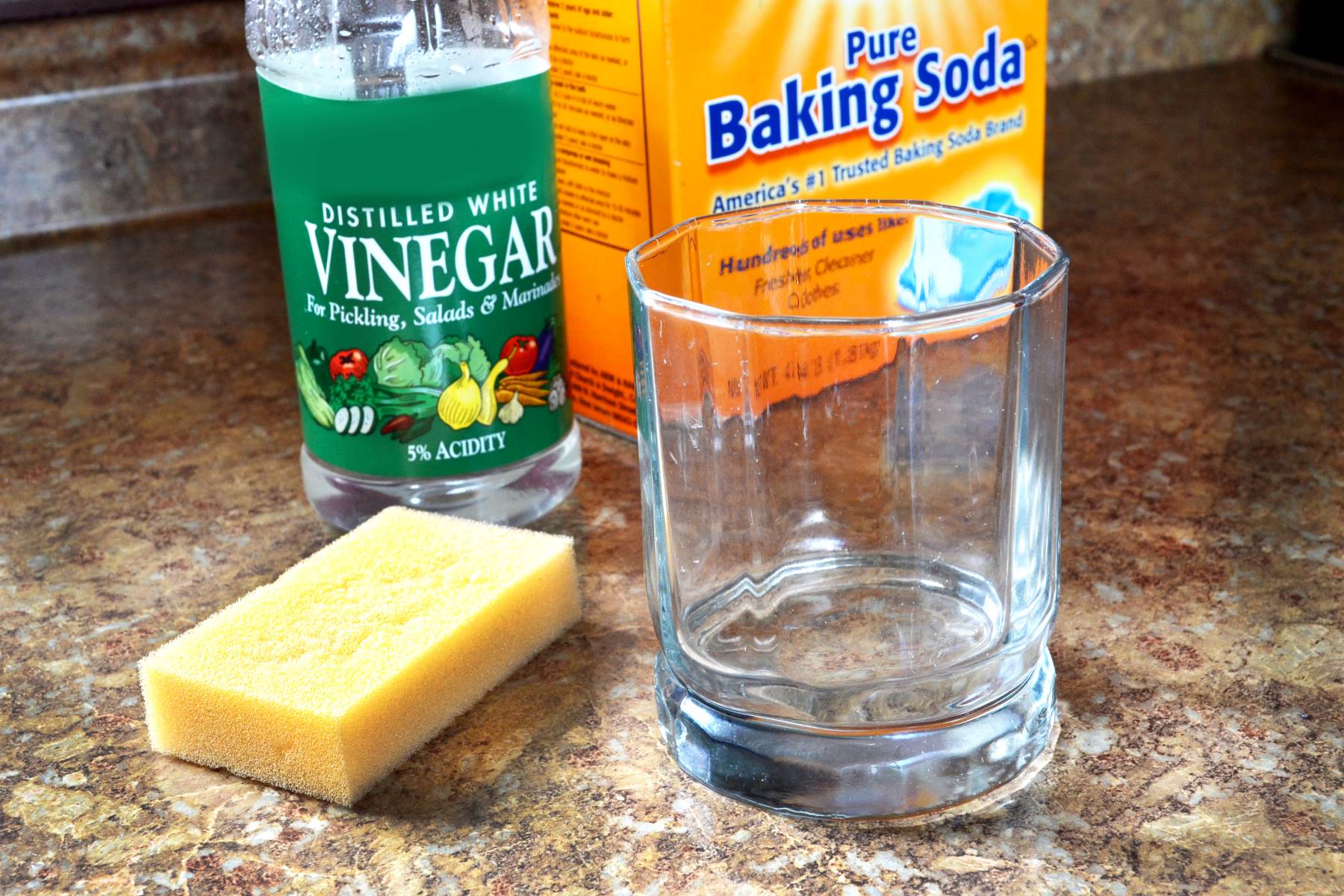
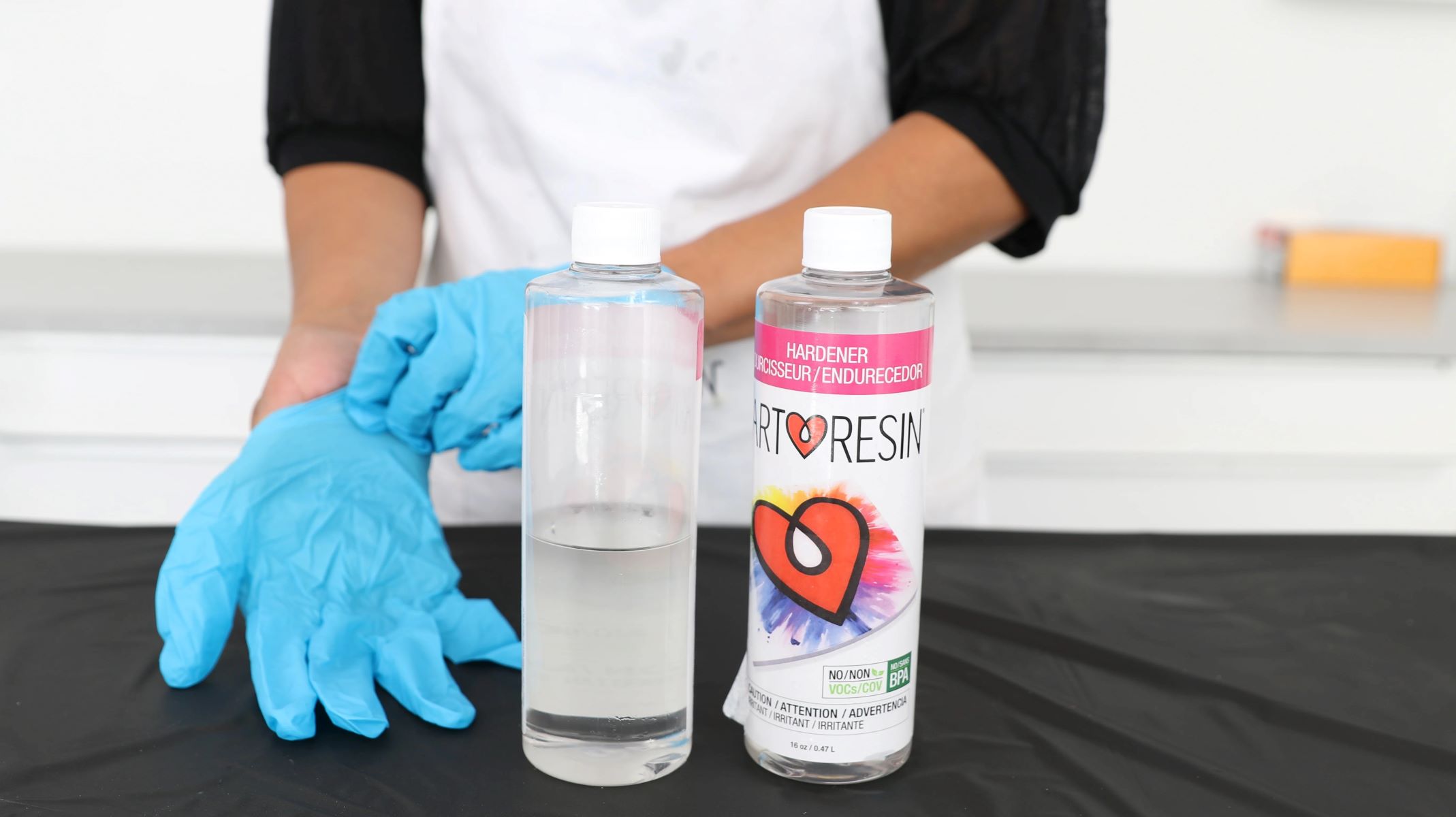
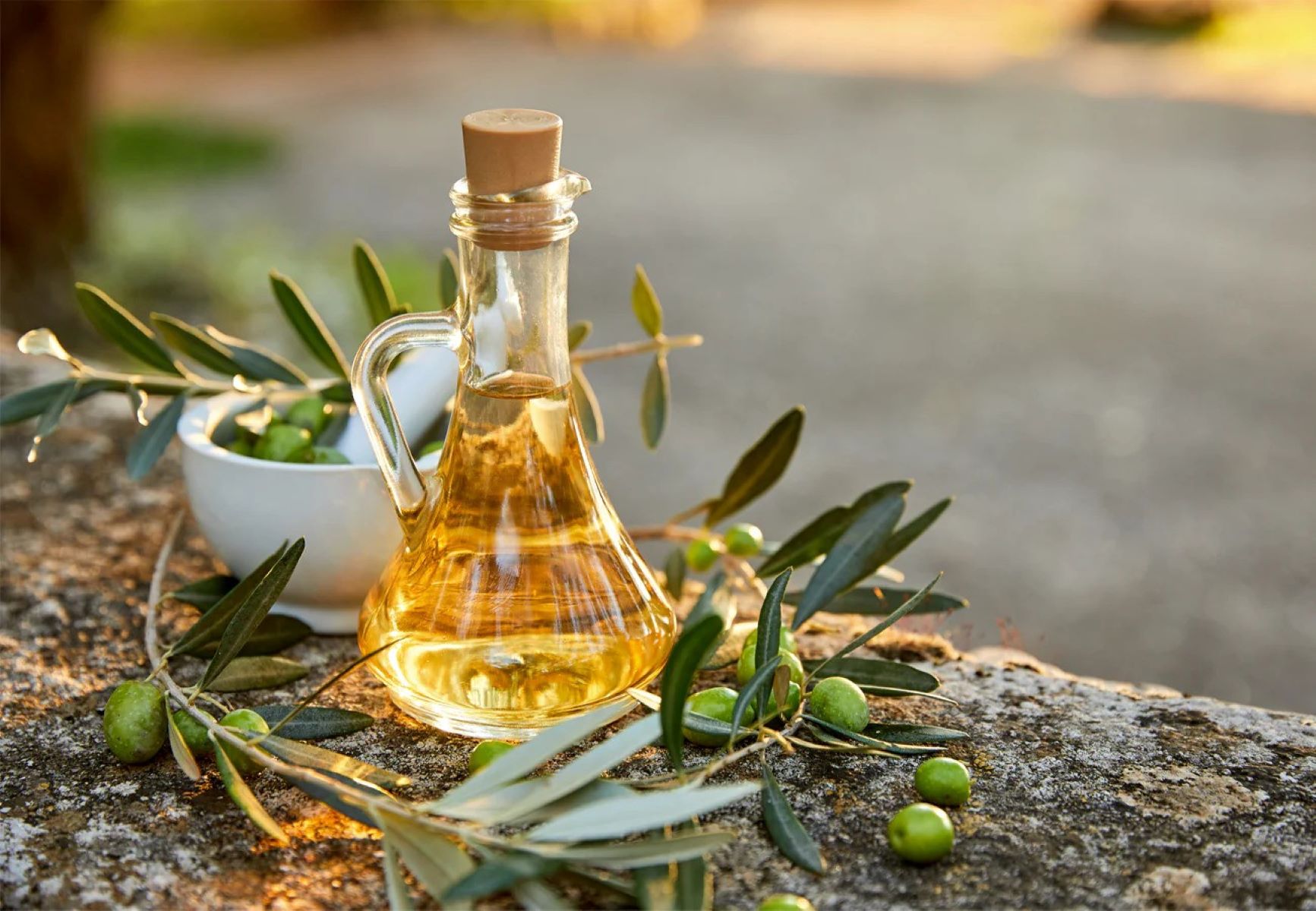

0 thoughts on “How Do You Get Wax Off Of Glass”